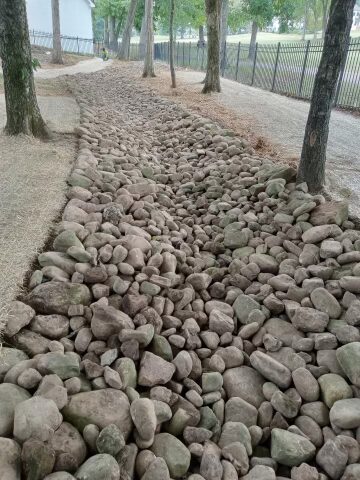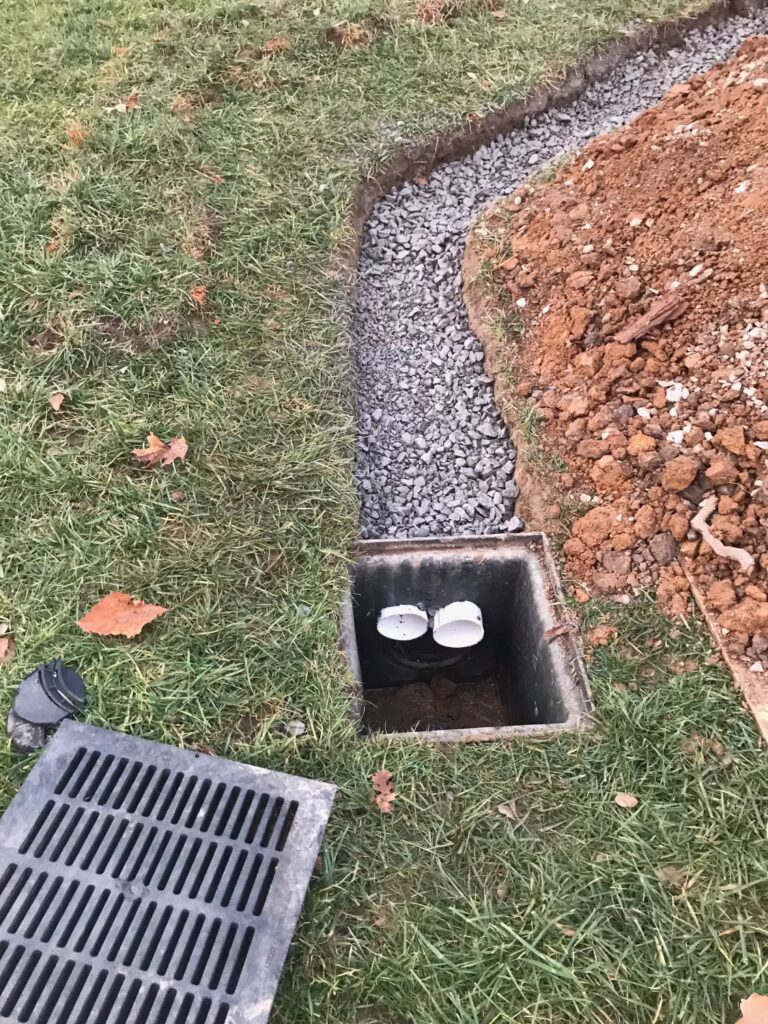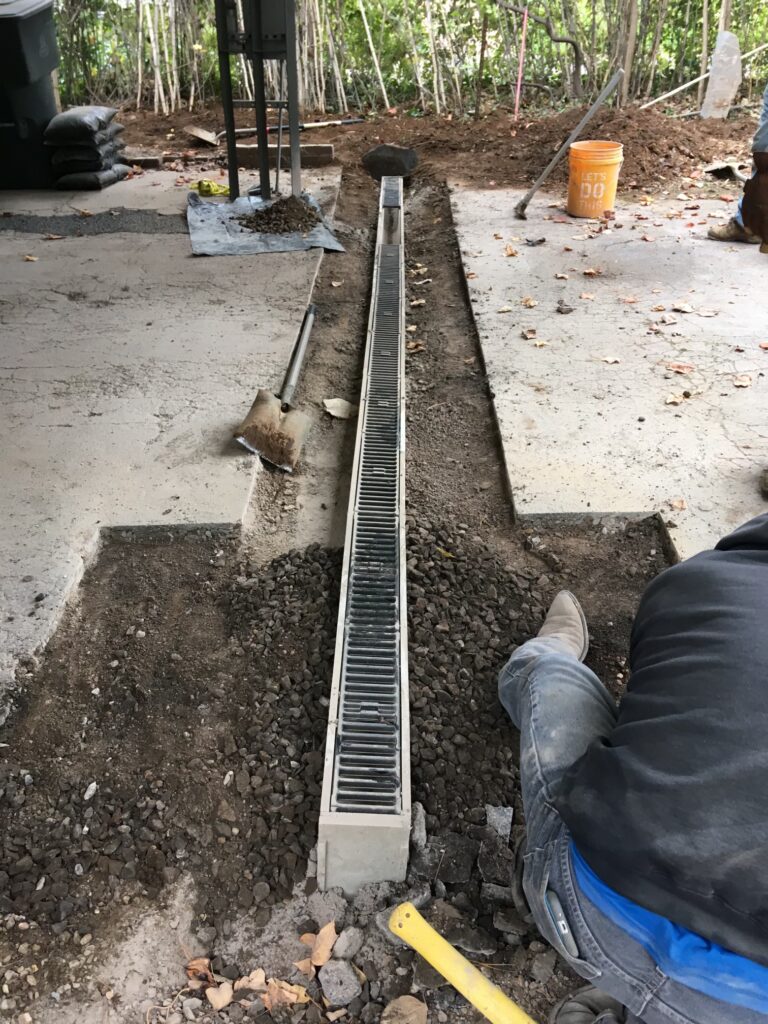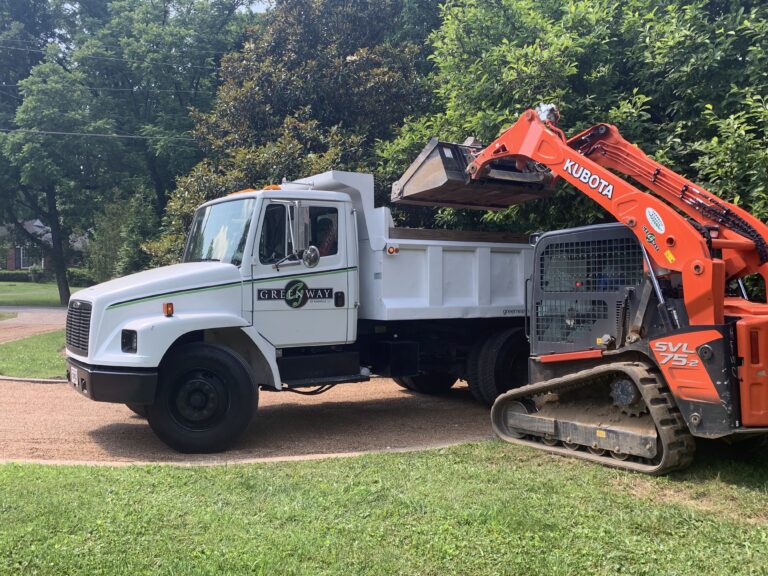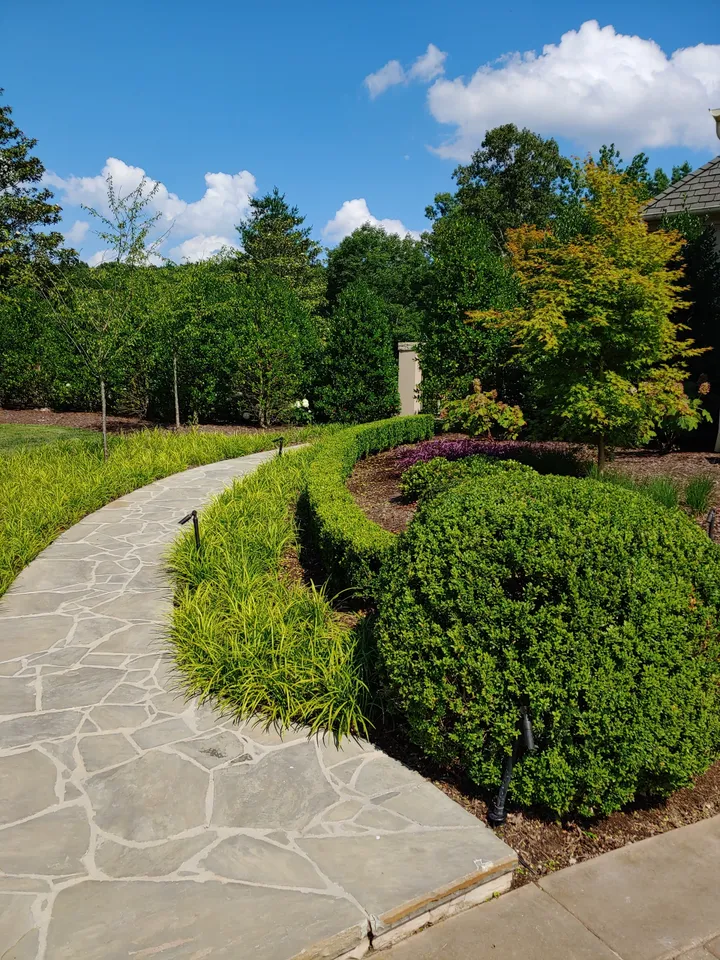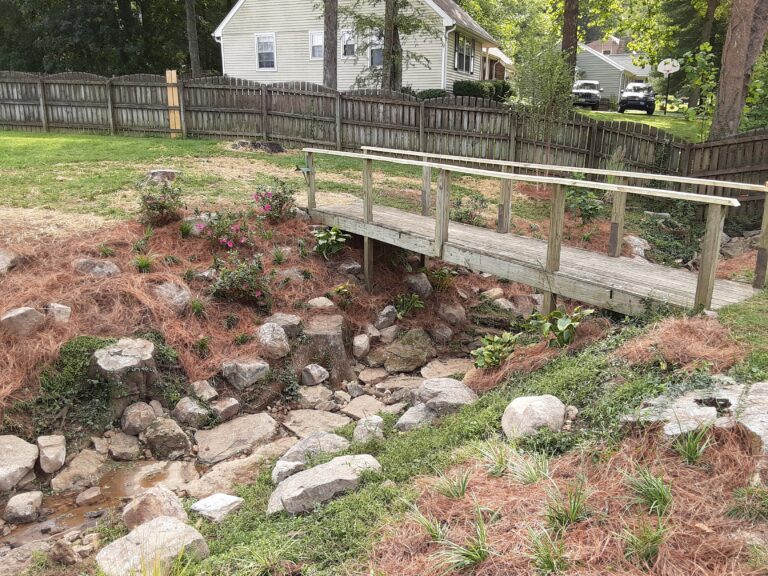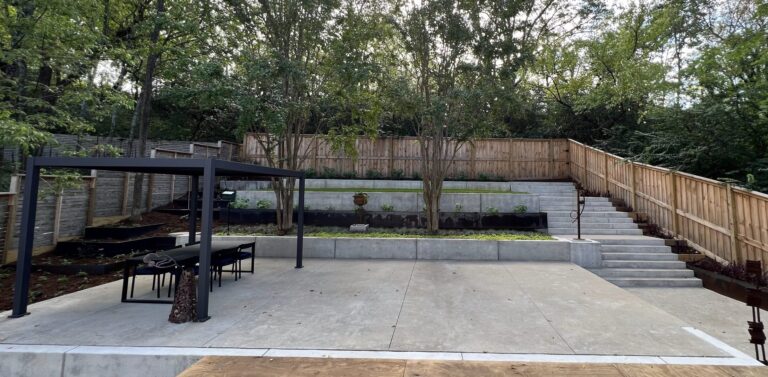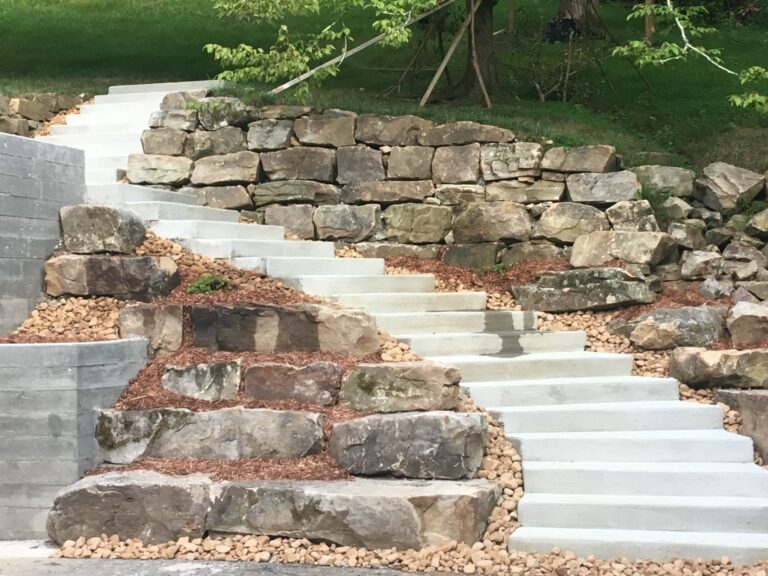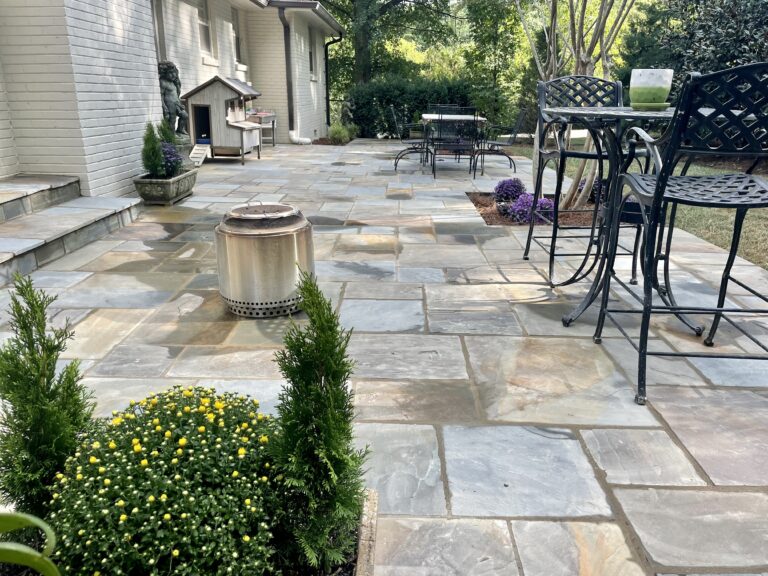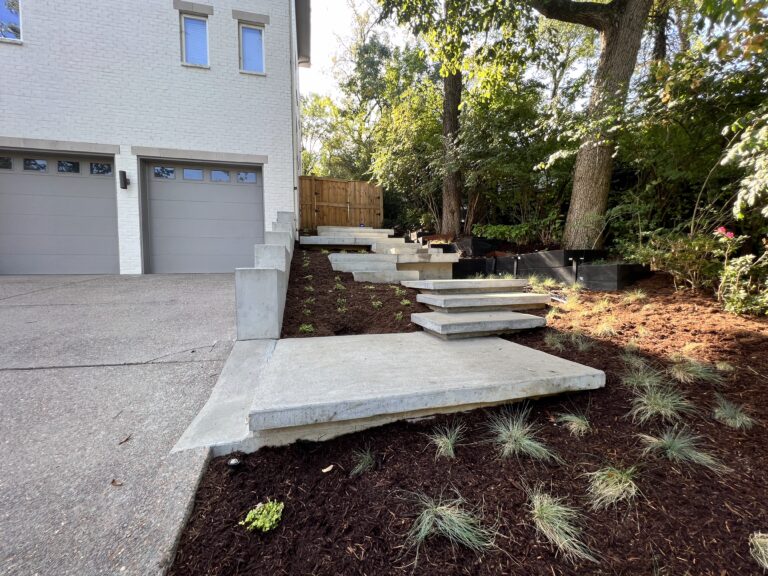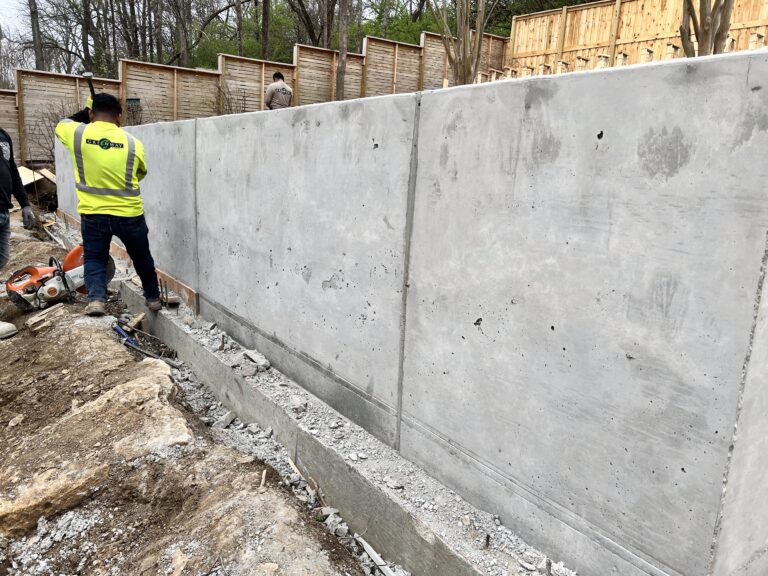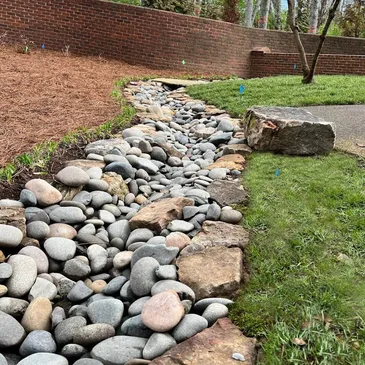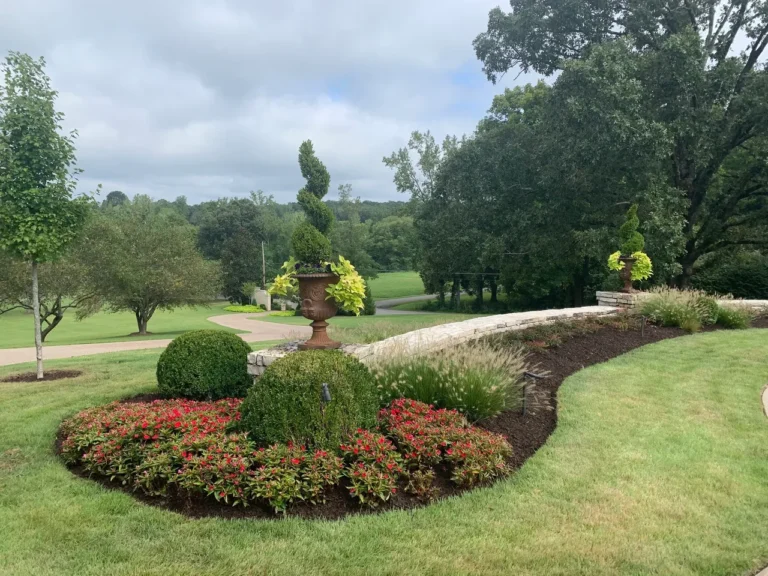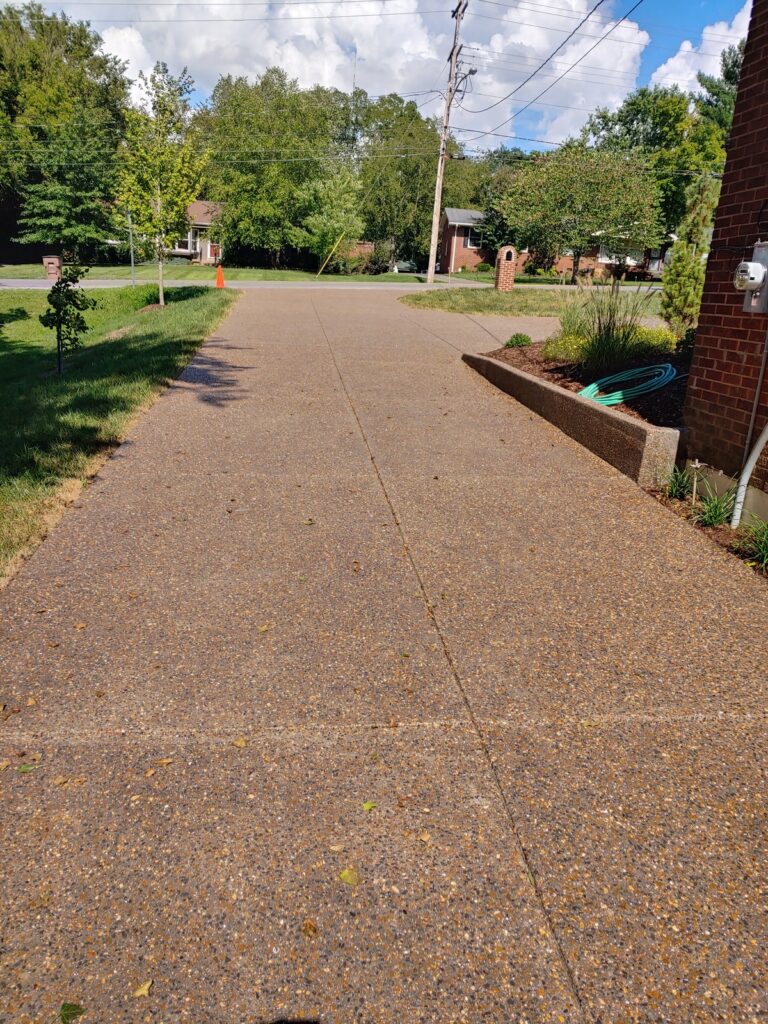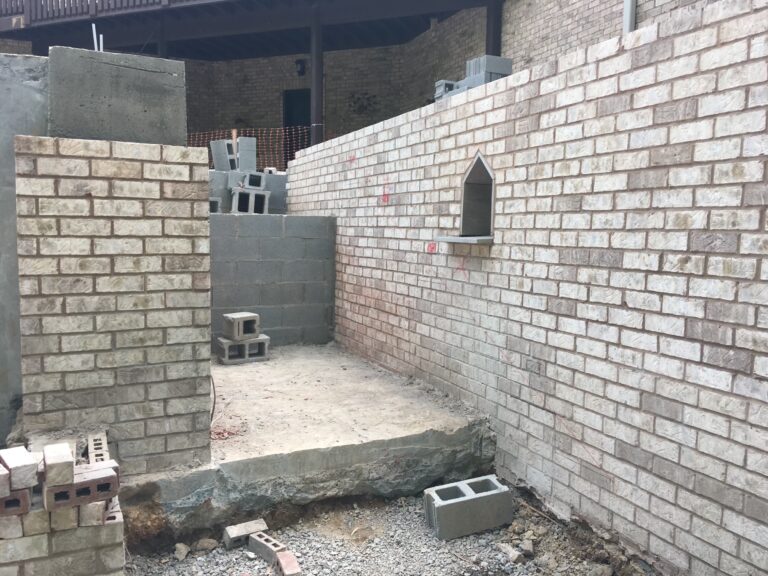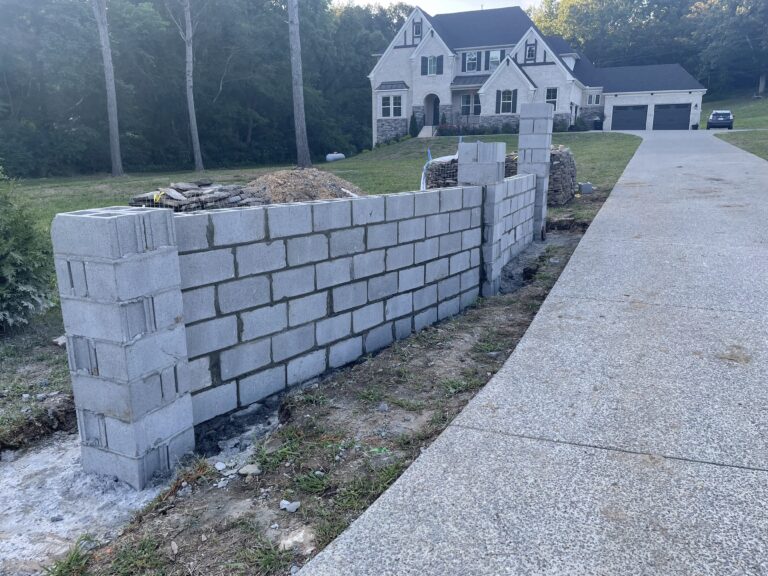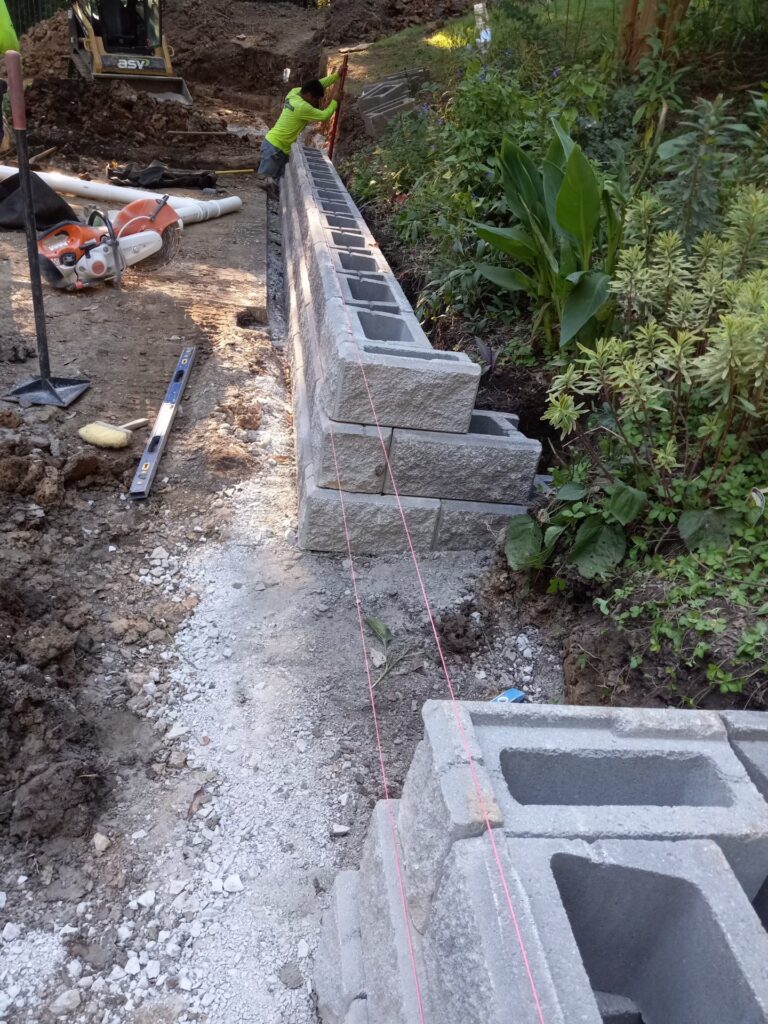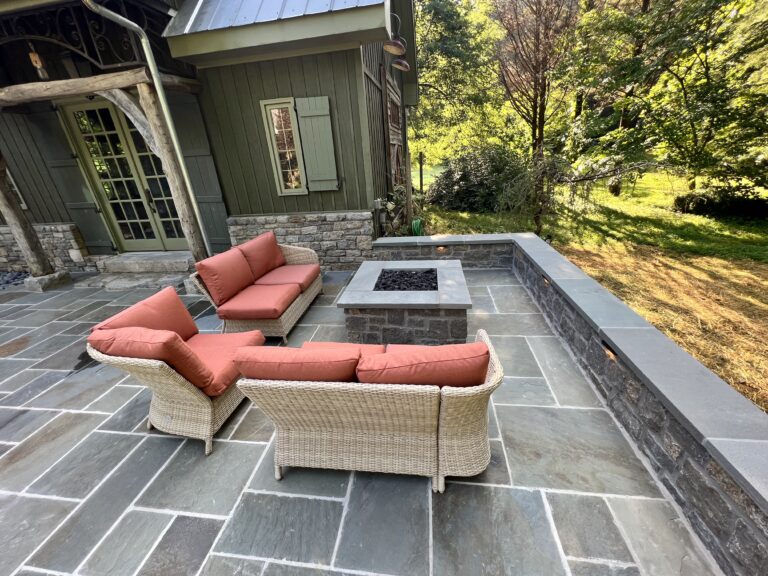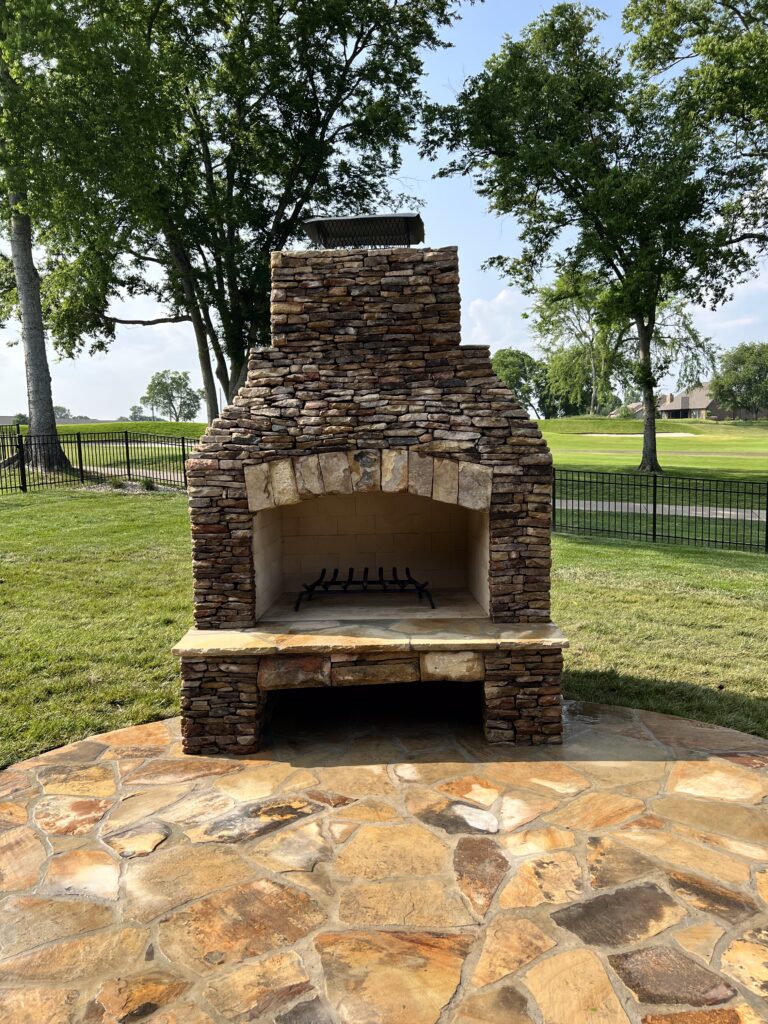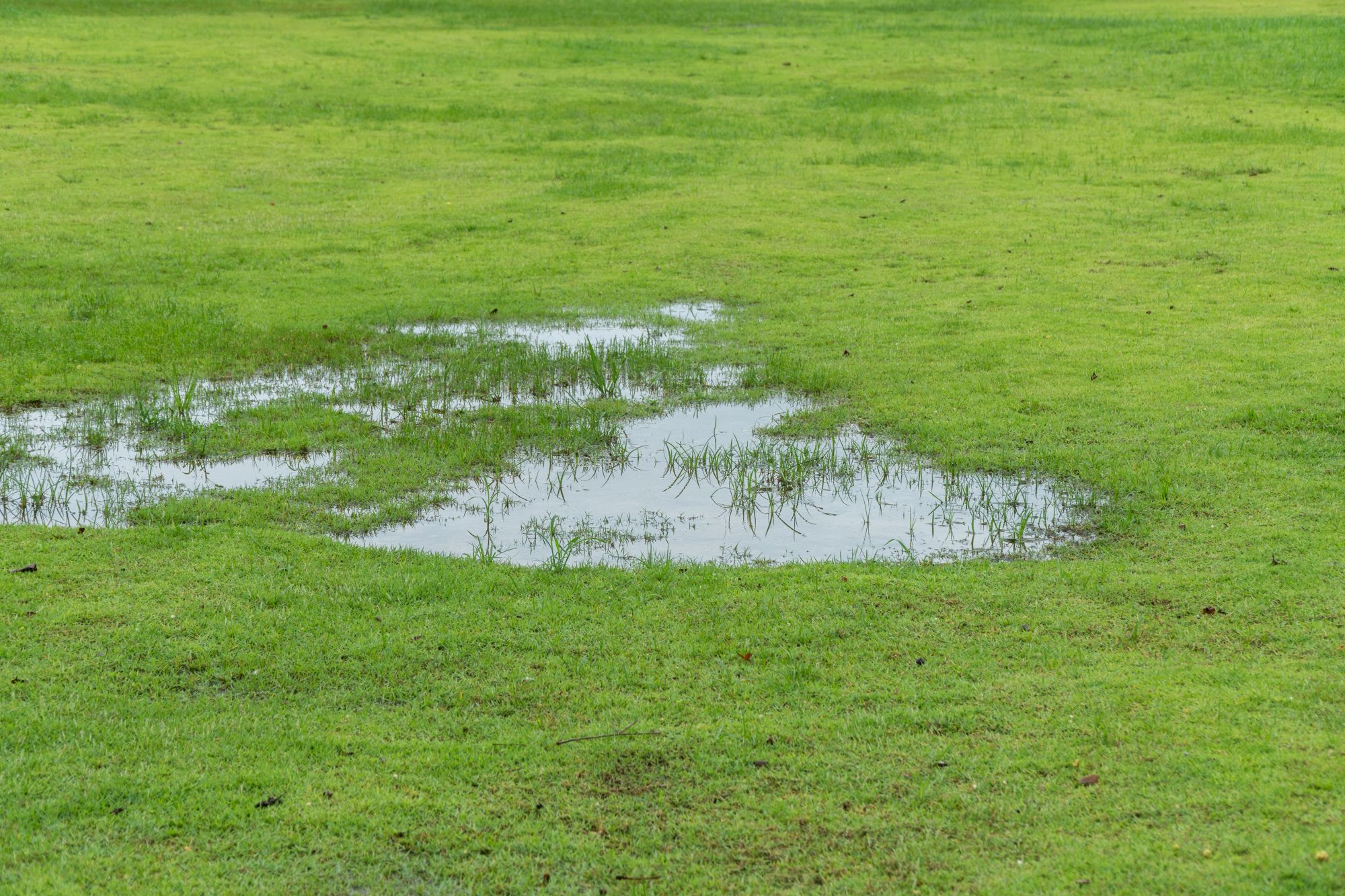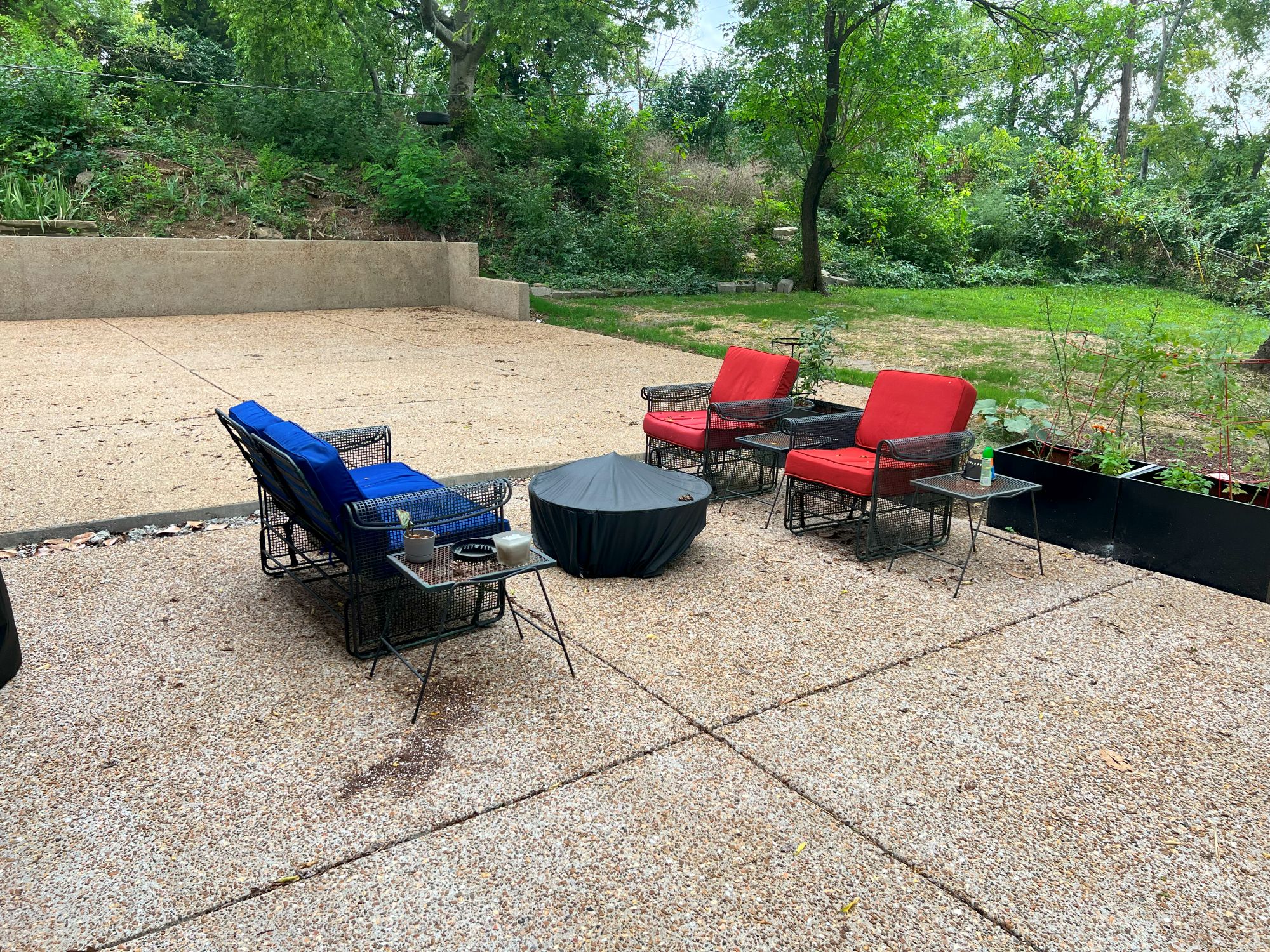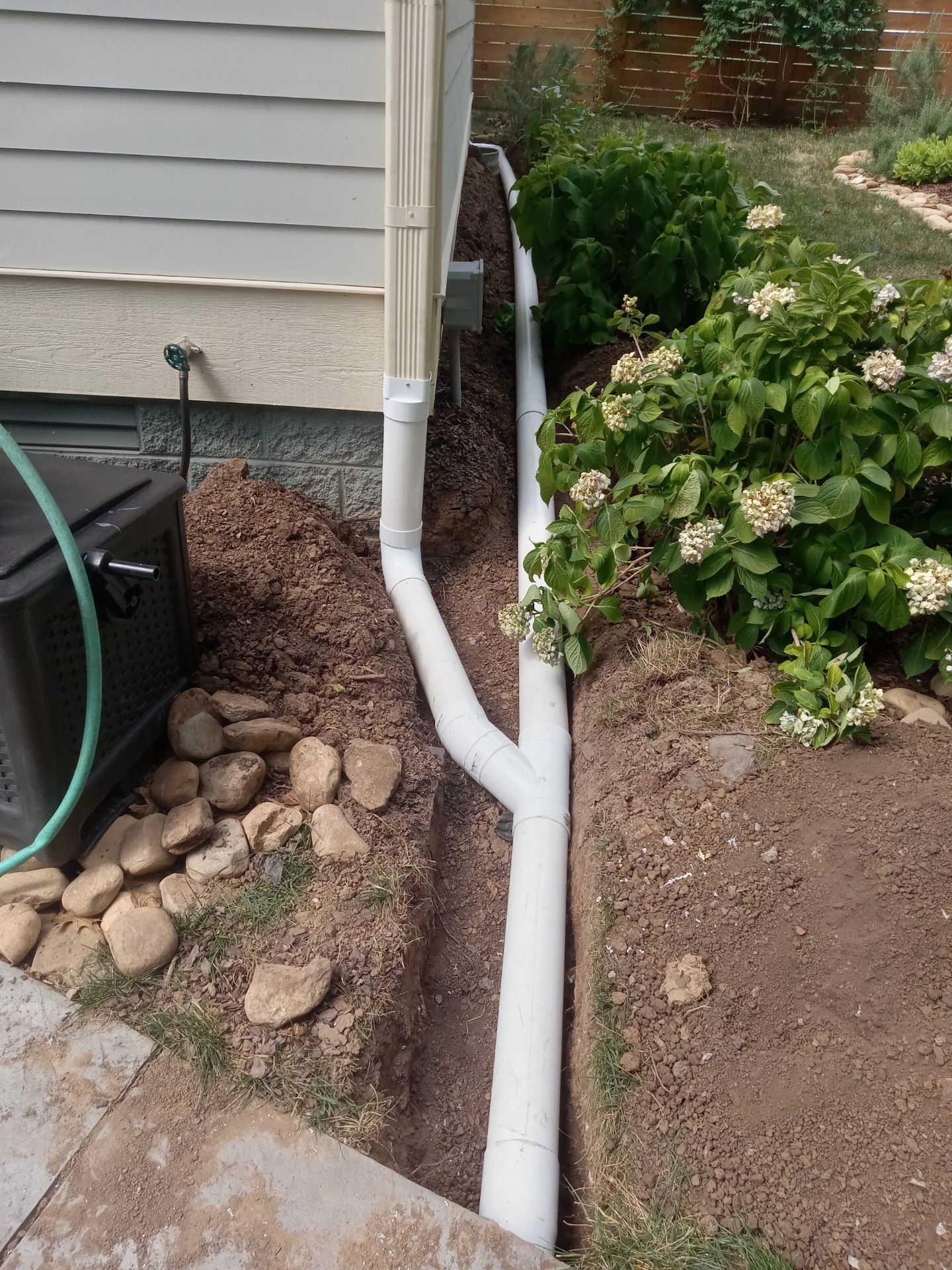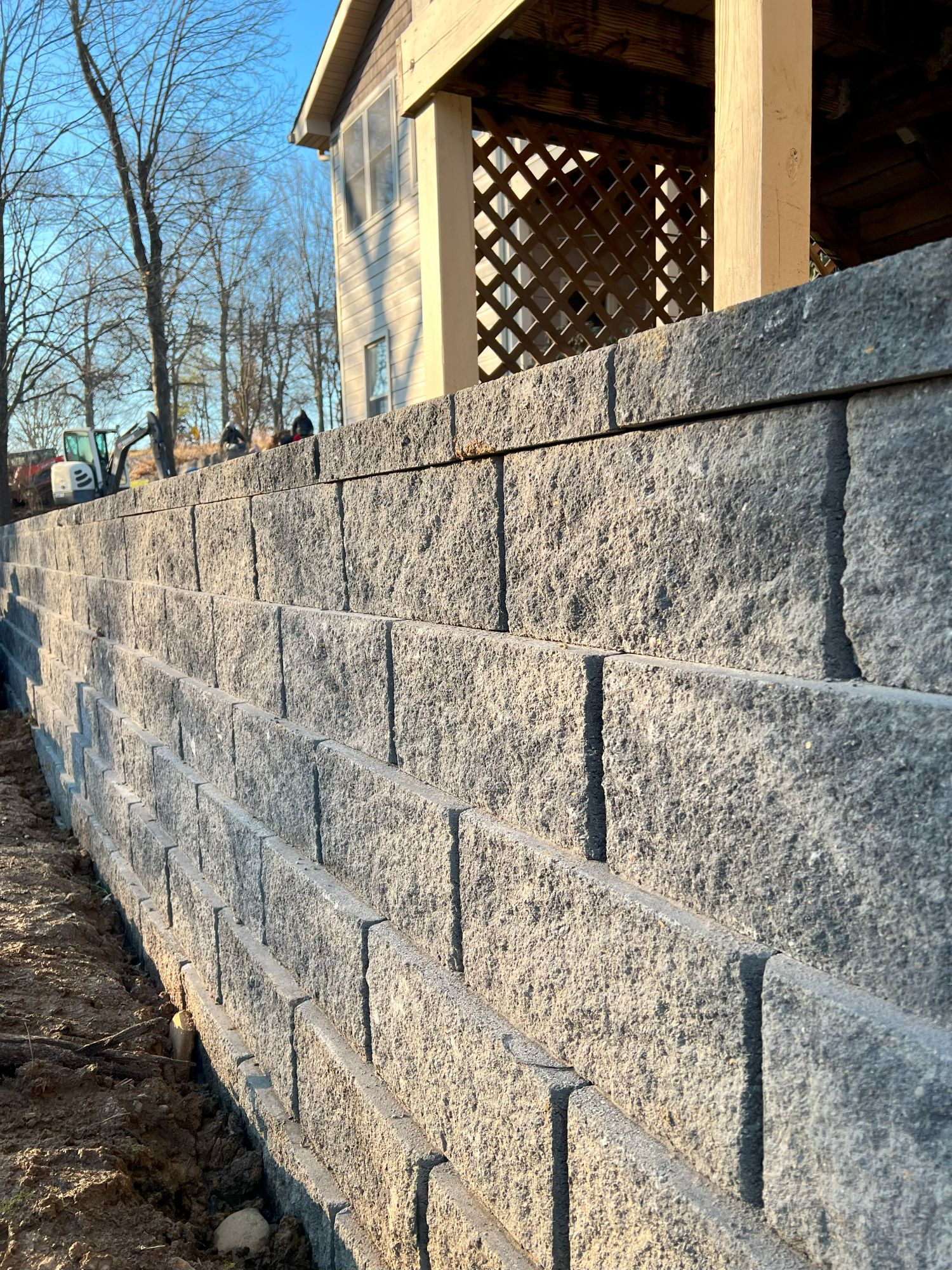You’ve probably heard the phrase “April showers bring May flowers,” but it sells April short—the month can bring rainfall that far surpasses a small shower. The extensive precipitation that can arrive during a Nashville spring is necessary for the plants to flourish, but it can also be a hazard to your home and yard if not properly dealt with.
Why Is Excess Rain a Problem for Homes and Yards?
Rapid water collection occurs when there is a heavy rain event or when there are several separate storms within a short period of time. As the ground becomes saturated with water, there is only so much the soil can absorb before becoming overwhelmed. When it does, water sits on top of the ground with nowhere else to go, leading to puddles and flooding in your yard.
Standing water causes damage to nearby plants including grass, flowers, and shrubs. Just as if you overwatered an indoor plant, outdoor plants can only handle so much water before they’re adversely affected. The pooling water also affects structures such as the foundation of your home by placing increased pressure on the concrete, resulting in cracks. If you have a basement, it can experience leaks that allow water into the living space, which may damage furniture, electronics, or other material goods. Soil around and under the foundation also shifts due to increased water content, creating an unstable surface for your foundation to sit upon. As the remainder of your house relies on the stability of your foundation, this is a major concern. Other features of your home such as driveways and patios can also be damaged by standing water, leading to costly repairs.
“Work with skilled Nashville hardscaping and outdoor construction professionals who understand your vision and respect your schedule. Contact us for a free quote!”
How Do You Get Rainwater to Flow Away From Your House?
Fortunately, there are several ways to mitigate the large amounts of rain that occur locally each year through landscape drainage. The right solution for your yard varies based on its unique needs, which is why it’s important to work with experienced contractors such as Greenway of Nashville to fully assess the situation. We’ll review several options for how to divert rainwater away from a house, but keep in mind most homes require a combination of approaches.
The rainwater solution that many houses already have, at least to some degree, would be a roof rainwater diverter known as a gutter. As these open troughs run along the edge of your roof, they collect water to direct it toward a downspout or vertical pipe that shuttles the water to a specific location on the ground. Gutters help prevent all the rainfall from washing down the side of the home like a waterfall, which would quickly oversaturate the ground at the base of the house. The downspout should lead to an area of the property that can better manage a large volume of redirected water, but you may wonder, “how do I direct downspout water away from my house?” Wouldn’t it just create a puddle at the bottom of the downspout? This is where an extension of the pipe can proceed underground to carry the water further away. This can be complicated to set up if you’re unsure of where to redirect the water, and it is a labor-intensive project, as a trench must be dug to house the extension pipe. Skilled contractors like those of us at Greenway of Nashville will be able to quickly and accurately determine the best approach. It’s important to note that gutter maintenance should be performed regularly to clear debris that causes blockages, as it prevents the water from flowing through the gutter, leading to a backup that ultimately ends up exactly where you didn’t want it. Removal of sticks, leaves, and other materials should be done a couple times a year.
Another common solution for landscaping drainage is a French drain. This is a pipe laid deep in the ground and covered by gravel so that underground water collecting in the soil above is able to trickle down to the pipe and be carried away, instead of collecting in the dirt with nowhere to go. The French drain should be carefully arranged to ensure it has a gentle slope in the correct direction so that water in the pipe doesn’t stagnate. There is significant manual effort when installing a French drain, from digging the trench to filling the gravel. It may require several days of work as well as heavy equipment, which is a great reason to trust a French drain project to Greenway of Nashville to save yourself the time and effort you could use elsewhere. Additionally, a French Drain is often paired with a retaining wall that is made from brick or concrete and prevents soil from eroding away. This way, when excess rainfall does happen, the ground is contained by the retaining wall and stays in place instead of washing downhill.
You may also find that a swale would benefit your landscape as a rainwater diverter. This is a shallow ditch that is broad and is often filled with plants that can tolerate high amounts of moisture or simply grass. It serves to guide excess rainfall away from the home to a distant location but also increase surface area to give more room for absorption while slowing down the flow. With a swale, there is more equal distribution of water across the yard, which helps prevent the occurrence of pooling.
In many cases, grading of your yard is also necessary to divert rainwater away from your home. The grade is the degree of incline or decline in the yard. Measured in percentages, a 2% grade is the equivalent of 2 feet of elevation change across a 100-foot distance. Too low and there isn’t enough of an angle for water to roll away from the home, leading to puddles when it can’t get out of the area. Too steep of a grade means the water drains too quickly and can cause erosion when the soil moves with it. The ideal grade is somewhere between 2-5% with the slope going downward away from the house, so that it encourages rainfall to move away from your foundation. Grading is a complicated process, as the existing grade must be calculated, and it is unlikely to be uniform across the property. Excess soil is brought in to build up the ground where needed to create the correct slope in your yard. It must be measured carefully throughout the process to ensure the target percent is met, and it may require large amounts of soil to be delivered to achieve this. The combination of assessing existing land grade, planning the optimal grade, and executing the project can be overwhelming if you aren’t experienced in landscaping.
As previously mentioned, most homes require more than one approach to ensure their yards can handle our excessive annual rainfall, and it can be overwhelming to explore the options. Greenway of Nashville is an expert at protecting your home through landscape drainage solutions with more than 10 years in the business. We will guide you through the possibilities and help you select the best choices for your home. Our execution is thorough, and we pride ourselves on high-quality installations without cutting corners. If you’re a Nashville homeowner, contact us through our website or by calling us at (615)-238-4574 for a free quote.
Read more content related to:

